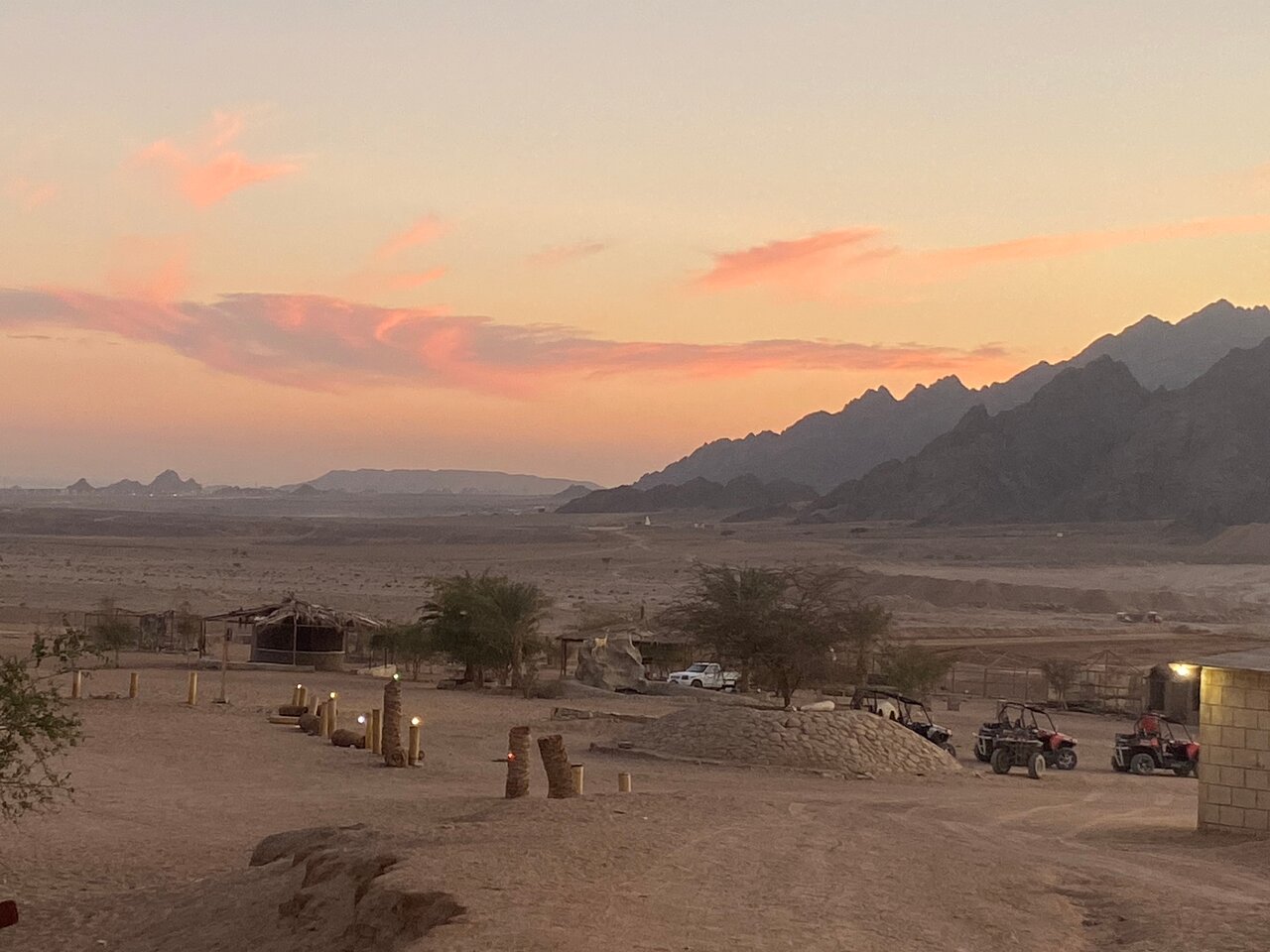Embarking on the Half-Day Islamic Cairo Walking Tour in Fatimid Cairo is a journey of discovery through the heart of Egypt’s rich historical tapestry. As you step onto the cobblestone streets. You immerse yourself in the legacy of an ancient civilization. Where every step whispers tales of resilience, culture, and architectural marvels. Enjoy Half-Day Islamic Cairo Walking Tour in Fatimid Cairo.
Islamic Cairo Walking Tour: Exploring Fatimid Cairo
Introduction
Islamic Cairo, a UNESCO World Heritage Site, is a treasure trove of history, culture, and architecture that reflects the rich heritage of Egypt’s Islamic civilization. Among its many historical periods, the Fatimid era (909–1171 CE) stands out for its significant contributions to art, architecture, and urban development. A walking tour through Fatimid Cairo offers visitors a unique opportunity to explore the remnants of this vibrant period, including stunning mosques, bustling markets, and ancient streets. This guide provides an overview of a walking tour through Fatimid Cairo, highlighting key sites, historical context, and practical tips for an enriching experience.
Historical Background of Fatimid Cairo
The Rise of the Fatimid Caliphate
The Fatimid Caliphate was established in the early 10th century by the Ismaili sect of Shia Islam. The dynasty claimed descent from Fatimah, the daughter of the Prophet Muhammad, and her husband, Ali. The Fatimids sought to create a rival caliphate to the Abbasids, who ruled from Baghdad. In 969 CE, the Fatimids conquered Egypt and established Cairo as their capital, naming it “Al-Qahira” (The Victorious).
Under the Fatimids, Cairo flourished as a center of trade, culture, and learning. The dynasty is known for its architectural achievements, including the construction of mosques, palaces, and public buildings that showcased the artistic and cultural advancements of the time.
Urban Development
The Fatimids transformed Cairo into a thriving metropolis, characterized by its intricate urban planning and architectural innovations. The city was designed with a focus on religious and administrative functions, with key structures strategically placed to reflect the importance of Islam in daily life. The construction of the Al-Azhar Mosque and the establishment of Al-Azhar University during this period solidified Cairo’s status as a center of Islamic scholarship and education.
Walking Tour Itinerary
Starting Point: Al-Azhar Mosque
Al-Azhar Mosque is one of the oldest mosques in Cairo, founded in 970 CE. It serves as a key symbol of Islamic learning and culture. Visitors can explore the mosque’s stunning architecture, including its beautiful minarets, intricate tile work, and serene courtyards. The mosque is also home to Al-Azhar University, one of the oldest universities in the world, which continues to attract students from across the globe.
Tip: Dress modestly when visiting the mosque, and be respectful of worshippers. Guided tours are available to provide insights into the mosque’s history and significance.
Strolling Through Al-Muizz Street
From Al-Azhar Mosque, take a leisurely stroll down Al-Muizz Street, one of the oldest streets in Cairo. This historic thoroughfare is lined with stunning examples of Fatimid architecture, including mosques, madrasas (Islamic schools), and caravanserais (inns for travelers). The street is a vibrant hub of activity, with shops, cafes, and street vendors adding to the lively atmosphere.
Key Sites Along Al-Muizz Street
-
Mosque of Al-Hakim: Built in the early 11th century, this mosque is known for its impressive architecture and historical significance. The mosque features a unique blend of architectural styles and is notable for its large courtyard and beautiful minarets.
-
Bayt Al-Suhaymi: This historic house, dating back to the 17th century, offers a glimpse into the lifestyle of wealthy Cairenes during the Ottoman period. Visitors can explore the beautifully restored rooms, courtyards, and gardens.
-
Mosque of Al-Aqmar: Built in 1125 CE, this mosque is famous for its intricate façade and unique architectural features. It is one of the few mosques in Cairo that is oriented toward the street, making it a striking sight.
-
Khan El-Khalili Bazaar: As you continue along Al-Muizz Street, you will reach the entrance to Khan El-Khalili, one of the oldest and most famous markets in the Middle East. This bustling bazaar is a great place to shop for souvenirs, spices, jewelry, and traditional crafts. The vibrant atmosphere and narrow alleyways make it a delightful place to explore.
Ending Point: The Citadel of Saladin
Conclude your walking tour at the Citadel of Saladin, a historic fortress that offers panoramic views of Cairo. Built in the 12th century, the citadel served as the seat of power for the Ayyubid dynasty and later the Mamluks. Within the citadel, you can visit the Mosque of Muhammad Ali, known for its stunning Ottoman architecture and impressive dome.
Tip: The citadel is a great spot to relax and take in the views of the city, especially during sunset. There are also several museums within the citadel that provide insights into Egypt’s military history.
Practical Information for Visitors
Best Time to Visit
The best time to explore Fatimid Cairo is during the cooler months, from October to April, when temperatures are more comfortable for walking. Early mornings or late afternoons are ideal for avoiding the midday heat and enjoying the vibrant atmosphere of the streets.
Dress Code
When visiting mosques and religious sites, it is important to dress modestly. Women should wear clothing that covers their arms and legs, and men should avoid shorts. It is also advisable to wear comfortable shoes, as the walking tour involves navigating cobblestone streets and uneven surfaces.
Guided Tours
Consider joining a guided tour for a more in-depth understanding of the history and significance of the sites you visit. Local guides can provide valuable insights and anecdotes that enhance your experience.
Safety Considerations
While Cairo is generally safe for tourists, it is always wise to stay aware of your surroundings and avoid poorly lit areas at night. Keep your belongings secure and be cautious when interacting with street vendors.
خاتمة
A walking tour through Fatimid Cairo, from Bab El-Foutouh to Khan El-Khalili Bazaar, offers a captivating exploration of the rich history and culture of Islamic Cairo. The journey through this historic area allows visitors to connect with the architectural beauty, vibrant atmosphere, and spiritual significance of the sites along the way.
Whether you are a history enthusiast, a culture lover, or simply seeking to experience the charm of Cairo, this walking tour promises to be an unforgettable adventure that highlights the essence of Egypt’s Islamic heritage. As you stroll through the ancient streets, take the time to appreciate the stories and traditions that have shaped this remarkable city over the centuries.
In fact, In the end, this Half-Day Islamic Cairo Walking Tour isn’t just a stroll through historic streets. It’s an encounter with the majesty of human achievement. An inspiration to cherish our own cultural heritage and to embrace the beauty found in our collective diversity. It’s a lesson that the past is a treasure trove of lessons. Each step taken in its embrace propels us toward a more enlightened future.



